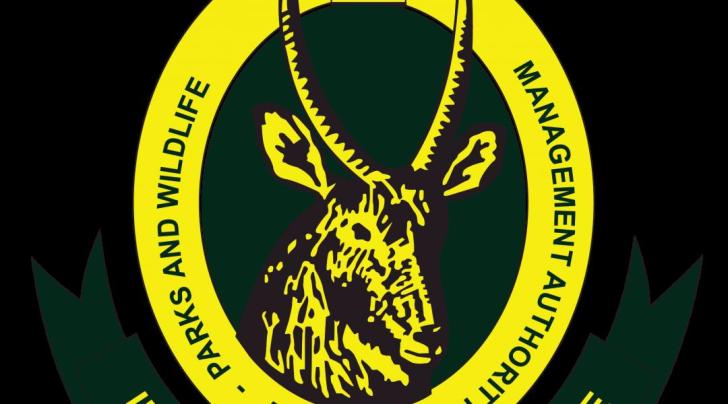News / Local
Poaching fears resurface in Hwange National Park
30 Jun 2025 at 08:13hrs |
0 Views

Wildlife authorities have launched a probe following the discovery of a male elephant carcass with a missing tusk in Hwange National Park. The Zimbabwe Parks and Wildlife Management Authority (ZimParks) confirmed that the carcass, estimated to be two days old, was found with one tusk missing and flesh removed from one leg.
ZimParks reported that a distinctive shoe print was observed at the scene, prompting the deployment of their Investigations Unit alongside members of the Zimbabwe Republic Police to carry out further inquiries.
This incident comes shortly after the arrest of suspected poacher Tony Maphosa, who has been linked to the poisoning of over 100 elephants with cyanide in Hwange. Maphosa, wanted since 2013, was apprehended in possession of two elephant tusks and is suspected to be connected to the recent deaths of eight elephants this year.
In a separate case, two men-David Ndlovu, 42, and Nkathazo Penga, 33-were sentenced to nine years in prison after admitting to killing five elephants using cyanide-laced oranges. The duo was arrested while attempting to sell ivory in the Cross Dete area.
Earlier in May, four suspects were arrested in Harare for unlawful possession of 23 kilograms of ivory. Masauso Nevhaya (48), Priscilla Chabata (52), Wonder Bozho (51), and Stanford Mbiriyakura (49) were detained by CID Minerals, Flora and Fauna detectives in Braeside near Telecel Zimbabwe after allegedly seeking buyers. Police recovered 35 elephant tusks from a vehicle and an additional six tusks from Chabata's residence, totaling 41 tusks seized.
ZimParks spokesperson Tinashe Farawo reiterated the authority's commitment to zero poaching in all protected areas and urged the public to provide information that could aid in arresting poachers.
Zimbabwe is home to one of Africa's largest elephant populations. However, despite recent declines in poaching, the illegal ivory trade continues to threaten these majestic animals, particularly in key parks such as Hwange. Spanning over 14,600 square kilometres, Hwange National Park has witnessed several high-profile wildlife crime cases in recent years.
ZimParks reported that a distinctive shoe print was observed at the scene, prompting the deployment of their Investigations Unit alongside members of the Zimbabwe Republic Police to carry out further inquiries.
This incident comes shortly after the arrest of suspected poacher Tony Maphosa, who has been linked to the poisoning of over 100 elephants with cyanide in Hwange. Maphosa, wanted since 2013, was apprehended in possession of two elephant tusks and is suspected to be connected to the recent deaths of eight elephants this year.
Earlier in May, four suspects were arrested in Harare for unlawful possession of 23 kilograms of ivory. Masauso Nevhaya (48), Priscilla Chabata (52), Wonder Bozho (51), and Stanford Mbiriyakura (49) were detained by CID Minerals, Flora and Fauna detectives in Braeside near Telecel Zimbabwe after allegedly seeking buyers. Police recovered 35 elephant tusks from a vehicle and an additional six tusks from Chabata's residence, totaling 41 tusks seized.
ZimParks spokesperson Tinashe Farawo reiterated the authority's commitment to zero poaching in all protected areas and urged the public to provide information that could aid in arresting poachers.
Zimbabwe is home to one of Africa's largest elephant populations. However, despite recent declines in poaching, the illegal ivory trade continues to threaten these majestic animals, particularly in key parks such as Hwange. Spanning over 14,600 square kilometres, Hwange National Park has witnessed several high-profile wildlife crime cases in recent years.
Source - Southern Eye
Join the discussion
Loading comments…




























